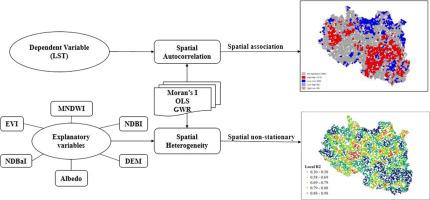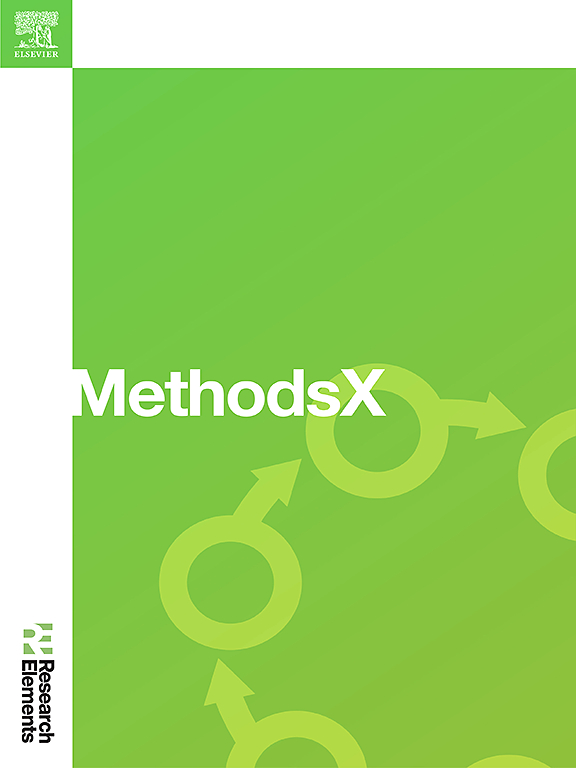Modeling the spatially varying effects of biophysical factors on land surface temperature
Abstract
A growing number of studies have investigated how land surface temperature (LST) is influenced by a variety of driving factors; however, little effort has been made to identify the dominant ones. The suggested method used the Upper Awash Basin (UAB), Ethiopia, as an example to explore the spatial heterogeneity and factors affecting LST, which is critical for selecting effective mitigation strategies to manage the thermal environment. The study employed two models: ordinary least squares (OLS) and geographically weighted regression (GWR). The OLS model was first used to capture the overall relationship between LST and some biophysical factors. The GWR was then utilized to investigate the spatial non-stationary relationships between LST and its influencing biophysical factors. Although the method was tested in UAB, Ethiopia, it can be applied in similar agroecosystems, to identify the dominant factors that influence LST and develop site-specific LST mitigation strategies.
- •
The OLS and GWR models investigated the spatial heterogeneities of the influencing factors and LST.
- •
Biophysical parameters such as enhanced vegetation index (EVI), modified normalized difference water index (MNDWI), normalized difference built-up index (NDBI), normalized difference bareness index (NDBaI), albedo and elevation were used as potential driving environmental factors of LST
- •
The models performance was computed using the adjusted coefficient of determination (adj. R2), Akaike Information Criterion (AICc), and residual sum of squares (RSS).


 求助内容:
求助内容: 应助结果提醒方式:
应助结果提醒方式:


